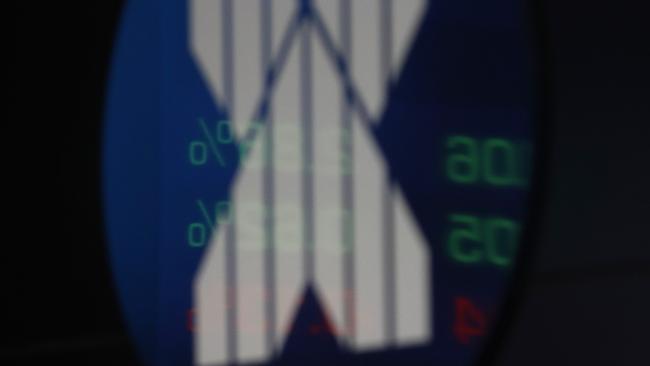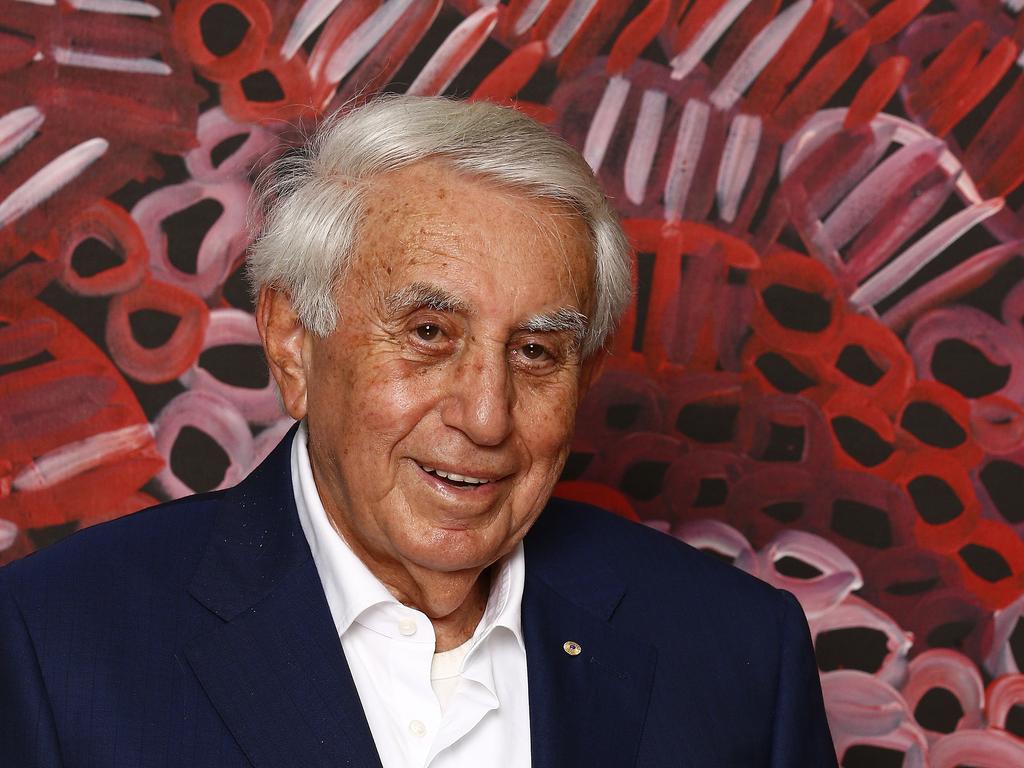US tumble sparks global risk-aversion
This week’s sell-offs are a reminder of the market risks lurking in fragile economies and fraught politics around the world.

Investors are bracing for more volatility as the US sharemarket suffered its worst day in three months after a weak economic outlook from the Federal Reserve and the worsening coronavirus pandemic in many US states sparked risk-aversion in global markets.
Australia’s S&P/ASX 200 share index fell as much as 3.4 per cent to a two-week low of 5756.5 on Friday after the S&P 500 dived 5.9 per cent to 3002.1 points, its biggest fall since the recent bull market in shares began when the Fed announced unlimited quantitative easing on March 23.
The Australian dollar and 10-year bond yields also hit two-week lows at US68c and 0.874 per cent respectively, in keeping with the risk-aversion in global markets that surfaced after Fed chair Jerome Powell cautioned that “there’s a risk of longer-lasting damage to the economy” from the pandemic.
The S&P 500 VIX volatility index surged from 28 to 41 per cent as the US benchmark dived on Thursday, threatening to spark more selling by risk parity funds that hit all assets in March.
That ended a three-month retreat in volatility which came as major central banks ramped up their asset buying to unprecedented levels, driving Australia’s sharemarket up to a record high 12-month forward price-earnings ratio near 20 times and a record low dividend yield near 3.3 per cent.
Energy stocks led declines for a second day running, with Oil Search down 5.7 per cent after Brent crude oil futures fell more than 11 per cent in two days. Financials underperformed again with the banks index down 2.4 per cent after rising 30 per cent in the past two weeks amid analyst upgrades.

Fund managers were sold off, with Magellan down 5 per cent and Platinum down 12 per cent. But with US futures rising throughout the day, Australia’s sharemarket pared much of its intraday fall, with the S&P/ASX 200 bouncing 91 points to close down 1.9 per cent at 5847.8.
The Aussie dollar bounced more than US1c, reaching US69.01c in early European trading.
S&P 500 futures rose 1.7 per cent, and the Euro Stoxx 50 gained 1 per cent.
Asian markets saw moderate falls, with Japan’s Nikkei 225 down 0.8 per cent, South Korea’s KOSPI lost 2 per cent, the Hang Seng down 0.7 per cent and China’s Shanghai Composite down 1 point.
Notwithstanding increasing infection rates in 18 US states including Arizona, Florida, Texas and parts of California — which could lead to the reimposition of stay-at-home orders and a slower economic recovery — traders were reluctant to bet on consecutive large daily falls on Wall Street.
“Don’t underestimate the power of this central bank-funded sugar rally we are now hooked on,” said Karen Jorritsma, head of equities at RBC Capital Markets. “Globally central banks have made it pretty clear they intend to step in and kick us forward — that doesn’t look set to have ended yet.”
The local bourse also took solace in Prime Minister Scott Morrison’s decision to allow sporting events to host crowds of up to 10,000 and to allow some international students to return.
But the S&P/ASX 200 was weaker than most Asian markets over the last two days of the week, amid fears that the pandemic may worsen due to protests that were due to resume over the weekend.
Lucerne Alternative Investments Fund portfolio manager Jerome Lander warned that central banks had created a “moral hazard” among investors amid ongoing economic risk, and the sell-off this week was a “reminder that notwithstanding market bubble friendly central banks, volatility remains alongside real risk from COVID-19, fragile economies and fraught politics.
“Market action has been unusual and dramatic to say the least, and more typical of a late stage and euphoric bull market than the early stages of a recovery from recession.
“Central banks have created and continue to create much moral hazard and short-termism among investors,” he said.
“This won’t end well as asset bubbles eventually implode endogenously, and financial markets can become stressed regardless.
“Non-risk-seeking and prudent investors will look to diversify their portfolios into non-moral-hazard-dependent investments including carefully selected alternatives.” Still, Ms Jorritsma said the fall in equities this week “may just be the breather we have all been expecting” and “I don’t think this is the start of the sell-down”.
“Yes, we all know the underlying economic data is going to be tough, and August reporting season will be messy, but this market is staying propped up until at least September with government stimulus and the ongoing stream of reopening news.”
What’s the Fed thinking?
Canaccord equity strategist Tony Dwyer said bulls should focus on the Fed’s intent to support risk until it achieved full employment and 2 per cent core inflation. Also, in his view, the world was “much closer” to a vaccine for COVID-19, and the worst of the shutdown was over.
“The market was set up for a period of consolidation and this economic recovery has a long and choppy road ahead, but we stand ready to take advantage of it when the risk-on signs re-emerge.”
He drew parallels to the start of the post-GFC bull market, when after rising 43 per cent from a low of 666 points in a move just as sharp as the recent gain, the S&P 500 dipped 8.5 per cent. “The market was due for consolidation and there is nothing taking place over the past few sessions to change our plan to add exposure as the market pulls back,” he said.
“We have long advocated following the Fed because it prints the money, and we see no reason to change our view following the June FOMC meeting.”
Westpac head of financial market strategy Robert Rennie said the focus next week would be on central bank meetings with the Bank of Japan, Bank of England and Swiss National Bank all due to meet, while Fed chair Powell would deliver his semi-annual monetary policy report.
China’s monthly economic data are due on Monday, US retail sales and Reserve Bank minutes are due on Tuesday, and Australian employment data for May are due for release on Thursday.
At the end of next week, European leaders will gather for an online summit to discuss the €750bn recovery fund proposed by the European Commission.
“Optimism that we could see a package of grants and loans raised by Brussels and funded by a new suite of EU taxes and levies has added optimism to European markets,” Mr Rennie said.








To join the conversation, please log in. Don't have an account? Register
Join the conversation, you are commenting as Logout